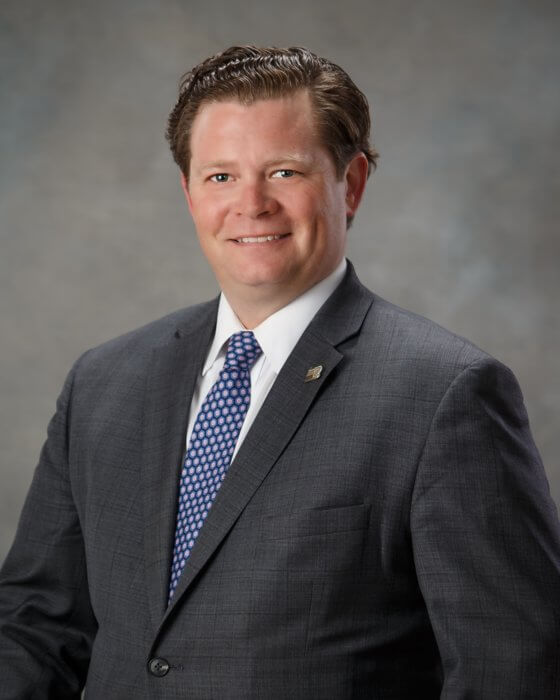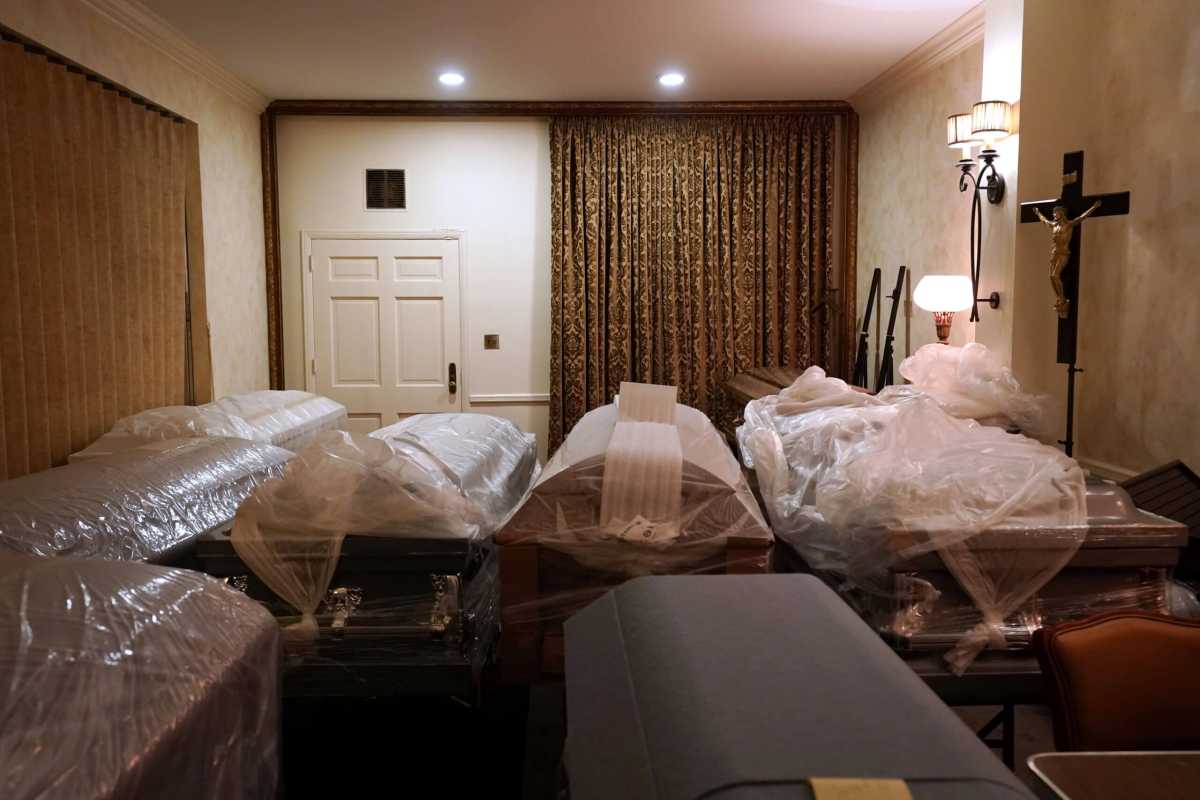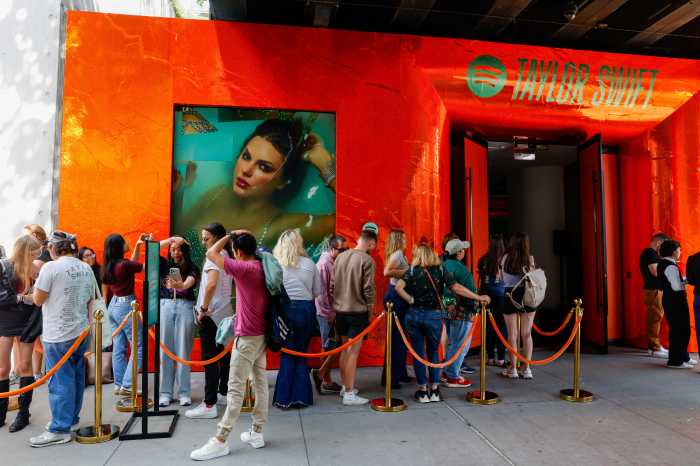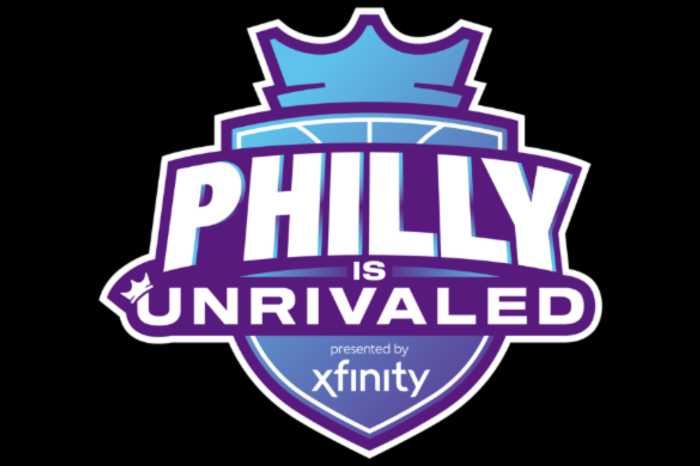For Jewish families, sitting shiva is an important part of the grieving process when a loved one dies.
Those closest to the person stay at home for a week as family and friends come to pay their respects and share memories. COVID-19, and its associated social distancing protocols, has put an end to shiva, at least in the traditional sense.
“The whole community aspect of the Jewish funeral has kind of been taken out because of the pandemic,” said Seth Goldstein, a funeral director at Goldsteins’ Rosenberg’s Raphael-Sacks, which handles a large volume of Jewish funerals.
“Everything is much more abbreviated,” he added.
All families have had to deal with loss differently at a time when more people are dying, and funeral directors have had to make major adjustments.
Different approaches have been adopted, though funeral homes and cemeteries in Pennsylvania have strived to limit the number of people at any in-person services to 10 or less immediate family members, said David Peake, who runs Robert L. Mannal Funeral Home in Mayfair and Craft Funeral Home of Erdenheim in Montgomery County.
“I don’t want to put the family in a position where they’re putting their health at risk,” said Peake, who’s also the president of the Pennsylvania Funeral Directors Association.
For cremations, some families have been waiting to hold a memorial service until after the virus subsides. Others, Peake said, have had small ceremonies, with larger gatherings planned for the future.
Different churches and places of worship have different guidelines, he added. Many are not allowing funeral services of any kind.
Though Goldsteins’ Rosenberg’s Raphael-Sacks has chapels at both its location, in East Oak Lane and Southampton, they have only been doing graveside services, Goldstein said.
More and more families, he said, are choosing to do a direct burial. The body of the deceased is buried at the cemetery, typically with no one in attendance, and a memorial is planned for a later date.
“We’re trying to put together as meaningful a service as we can to assist the families on the immediate need of disposition,” meaning either cremation or burial, Peake explained.

Peake said funeral directors are required by law to cremate or bury a body after 10 days. For families who want to bury their deceased along with a formal Mass or gathering, funeral professionals have to request an extension from the state.
In New Jersey, there are fewer options. Public funerals there have been banned.
As with everything else, services have been migrating online. Many funeral homes have moved to using Zoom, Facebook Live or another streaming service to broadcast services.
Goldstein said his company has purchased cellphone tripods to capture graveside services. Most families organize a stream on their own, but, for those who are technologically-challenged, staff helps set it up.
However, it’s not an adequate solution for some. Peake’s homes offer streaming, but he thinks there’s a “cold aspect” to the process.
“There’s something to be said about being present at a funeral,” he said. “It’s not about what you tell the family or what you say to the family. It’s just about people’s presence being there.”
For those who work in the industry, dubbed “last responders” by the National Funeral Directors Association, it hurts, too. They’re not able to provide the services they, or their families, have provided for generations.
“We’re hearing these stories from these families, and we feel horrible having to tell them this because we’re kind of the messenger,” Goldstein said.
“They’re kind of deflated knowing that they can’t give their loved one the full funeral that they would want them to have or that they feel that they deserve,” he added.
Goldsteins’ Rosenberg’s Raphael-Sacks has seen an increase in calls this month, and a majority of the deaths have been related to COVID-19, Goldstein said.
Their grief, their mourning, like so much else, is on hold, and no one is predicting when they will be able to gather and get full closure.
“A look, a hug, a handshake is all part of the grieving process,” Peake said. “The grieving process is a human interaction, and, right now, we’re not able to do that.”

























